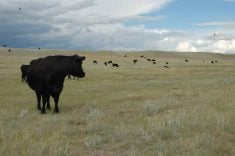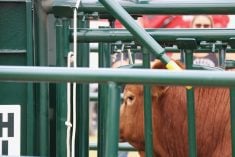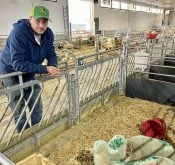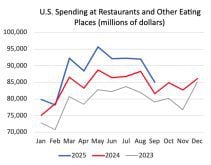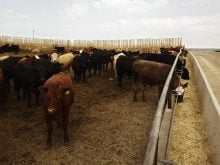SAN ANTONIO, Texas – The pursuit of the tender steak is a quest that offers many clues but no complete answers.
Those attending a meat quality seminar at the National Cattlemen’s Association meeting here recently received no clear solution to the meat quality dilemma facing producers across North America.
Researchers from Texas A & M and Colorado State Universities have been working together to find genetic variables which might affect meat quality.
While genetics may not have a large influence on better meat, aging is definitely the best way to improve beef.
Read Also
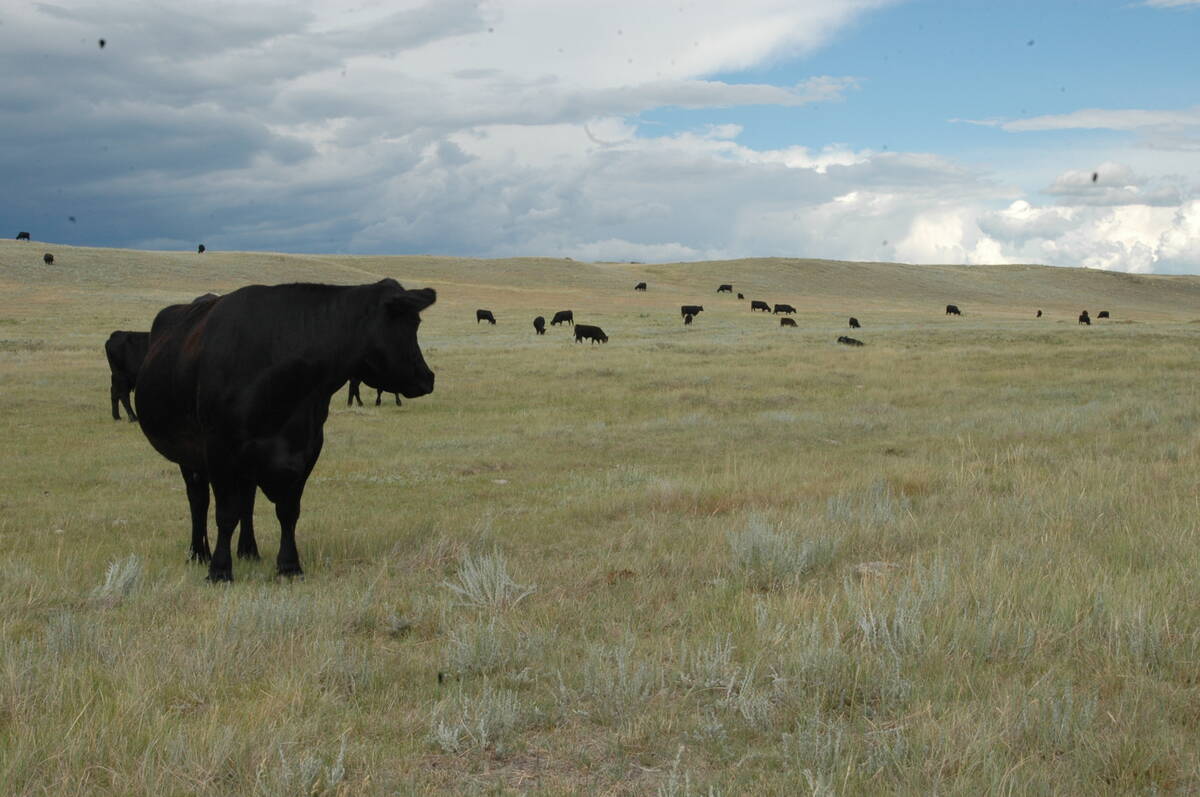
Canadian Food Inspection Agency slammed for handling of bovine tuberculosis case
The federal government leans heavily on producers to “take one for the team” and risk their livelihoods without any reassurance of support.
In fact one researcher, Mark Miller of Texas A & M, goes so far as to say, “For our consumers it would be very beneficial to say, ‘do not consume before a certain day’ so we could manage that aging time.”
Whereas many products carry a best before date, beef should probably carry a best after date, he said.
Post-mortem aging of at least 14 days is the best solution to tough beef, combined with calcium chloride injections for carcasses known to have tenderness problems, Miller said.
During the last two years, researchers examined genetic selection as well as increased use of technology like high voltage electric stimulation, calcium chloride injections and variable aging periods to give better results.
In the course of the genetic research, cooked meat was tasted by professional taste testers. Different breeds did not show significant differences in tenderness. Shear force tests, where a small core of meat is placed in a special machine to see how much pressure is required to cut through, didn’t show any real difference either.
However, their combined research showed lack of tenderness seems to occur more often in animals with Brahman influence, mature animals and at injection site scars.
Animals from any breed carrying a high level of the protein calpastatin could also be contributing to the tough meat problem.
Calpastatin prevents the calpain enzyme from breaking down tissue and making it more tender. Research has found a post-mortem injection of calcium chloride will stimulate the enzyme to work and improve tenderness to a degree.
The gene that produces more calpastatin has been found but tracing it is not the only answer.
“It’s a fallacy to think the DNA probe is a silver bullet,” said researcher Ronnie Green of Colorado State.
“If cattle are all of a certain type it still does not ensure tenderness.”
Another area of the research showed electrical stimulation of up to 500 volts per shock boosts tenderness and may improve color and raise the grade as well. This process breaks muscle and connective tissue apart.
However, it has no effect on already tender carcasses, said Jeff Savell of Texas A & M.



